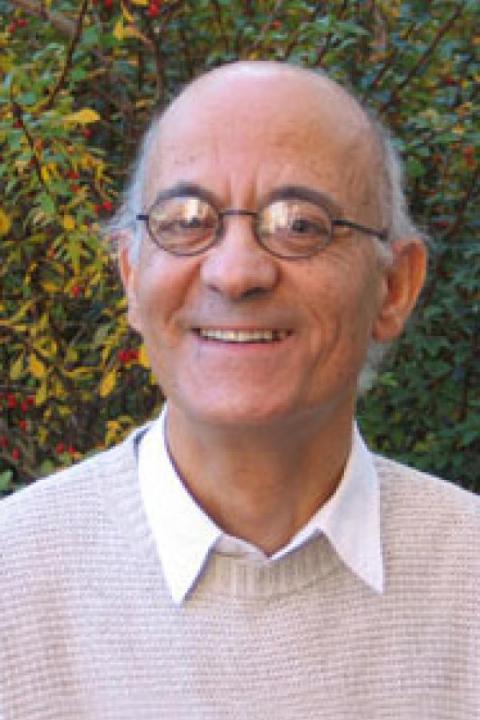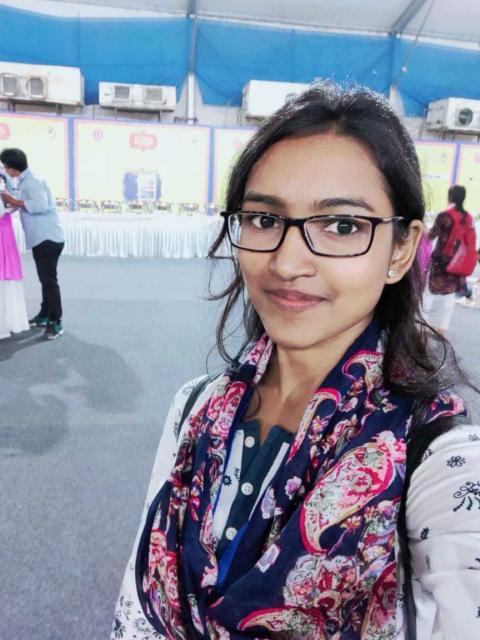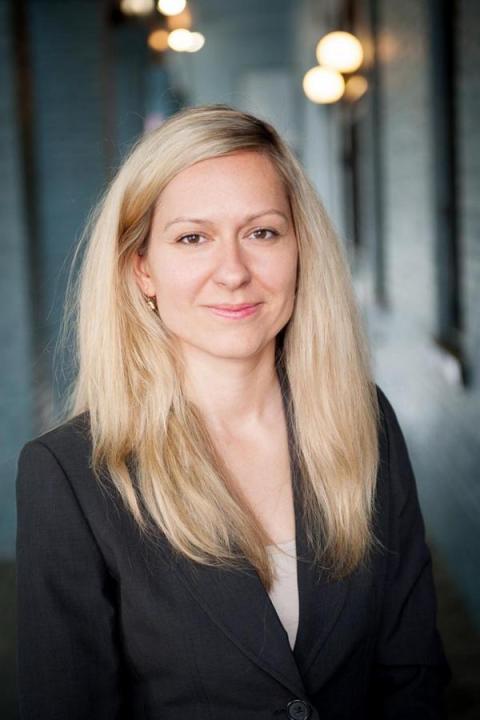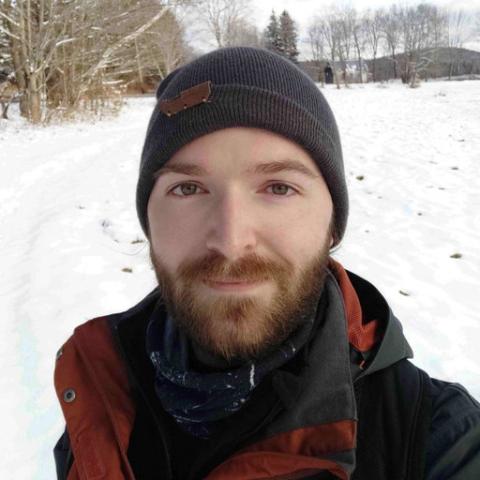CME Group Faculty

Dr. Nada AlHaddad
Dr. Nada AlHaddad has joined the Space Science Center of the University of New Hampshire as an assistant research professor in the fall of 2020. She has more than 10 years of experience in studying the magnetic field structure of coronal mass ejections. Her research focuses on understanding the complex behavior of magnetic fields inside CMEs and creating more realistic models that describe the dynamically changing magnetic field morphology. In addition to her research experience, Dr. AlHaddad has also taught undergraduate physics courses at UNH and has been active in Education and Public outreach. She is funded as a PI by NSF and NASA, including an Early-concept Grant for Exploratory Research (NSF/EAGER) and an Early-Career Investigator Program (NASA/ECIP).

Dr. Charles J. Farrugia
Dr. Charles J. Farrugia is a research professor at UNH. Prior to joining UNH in 1996, he worked in Malta, at NASA/Goddard Space Flight Center, and at Imperial College. His research focuses on many aspects of space physics, primarily on interplanetary and magnetospheric science: (a) the signatures and evolution of CMEs in the inner heliosphere, (b) the interaction of CMEs with the magnetosphere and magnetosheath, (c) magnetosphere-ionosphere coupling and (d) reconnection physics. He has been an author or co-author of over 350 peer-reviewed publications, including seminal work on flux transfer events and in situ measurements of magnetic clouds and their expansion. He serves as a Co-Investigator for the Wind spacecraft, for STEREO/PLASTIC.

Dr. Noé Lugaz
Dr. Noé Lugaz is a research associate professor at UNH, where he has been since 2012. He is primarily interested in the investigation of the interaction of successive coronal mass ejections on their way to Earth, using numerical simulations, remote-sensing measurements (coronagraphs, heliospheric imagers) and in situ measurements. He has been serving as the editor-in-chief of AGU’s journal, Space Weather, since October 2019 and as the chair of the steering committee of SHINE since 2019. His recent interest is on simultaneous multi-spacecraft measurements of CMEs and shocks, and small space missions that may allow to advance our understanding of these transients. His research has been funded by NASA and NSF since 2008 as a PI, including NSF/Solar-Terrestrial and SHINE and NASA/Living with a Star, Guest Investigator, and Grand Challenge programs.

Dr. Bin Zhuang
Dr. Bin Zhuang joined the CME group as a faculty member in Fall 2024. Prior to this appointment, he joined the University of New Hampshire in 2019 as a postdoctoral research associate supervised by Prof. Noé Lugaz at the Space Science Center of the Institute for the Study of Earth, Oceans, and Space (EOS). Dr. Zhuang graduated from the University of Science and Technology of China with a PhD in Space Physics in 2019, supervised by Prof. Yuming Wang and Prof. Youqiu Hu. Dr. Zhuang joined University of Graz as a short-term exchange scholar in 2019. Dr. Zhuang is focusing on the investigation of the solar wind, Coronal Mass Ejections (CMEs) and Solar Energetic Particles (SEPs), by observations from spaceborne instruments (e.g., Parker Solar Probe, SOlar and Heliospheric Observatory, Solar TErrestrial RElations Observatory) and numerical magnetohydrodynamic (MHD) simulations. ORCID: https://orcid.org/0000-0002-5996-0693
CME Group Post-Doctoral Researchers and research scientists

Dr. Adolfo Santa Fe Duenas
In June 2024, Dr. Adolfo Santa Fe Duenas joined the Space Science Center of the University of New Hampshire as a Research Scientist II. He is researching the origin and acceleration of energetic storm particles and their dependence on the properties of their associated coronal mass ejections at 1 AU. Additionally, Dr. Santa Fe Duenas is developing empirical models for estimating the intensity of energetic storm particles based on the evolution of their associated coronal mass ejections for space weather purposes.
CME Group Students

Sahanaj Aktar Banu
Sahanaj joined UNH in Fall, 2021. She is working on Small Flux Rope with Dr. Réka Winslow. She completed her undergraduate and masters degrees in Physics, from India.

Yakub Olufadi
Yakub olufadi is a graduate student that joined University of New Hampshire in the fall of 2021. He is working towards his PhD under the supervision of Prof. Nada AlHaddad. Yakub received his BS in Physics from Nigeria.
Previous CME Group Members

Dr. Réka Winslow
Dr. Réka Winslow’s work bridges the fields of heliophysics and planetary science, by focusing on observational studies of coronal mass ejections (CME), interplanetary shocks, and galactic cosmic rays to better understand their evolution in the inner heliosphere and their interaction with planetary magnetospheres in the solar system. Her most recent works have focused on investigating the cause of CME complexity changes during propagation in the inner heliosphere, including using observations from the Parker Solar Probe spacecraft. She is the Deputy Lead for the IMAP-Lo instrument, which is partly being designed and built at UNH for NASA’s IMAP mission (to be launched in 2025). In the past, she was a member of the science team for the CRaTER instrument onboard the Lunar Reconnaissance Orbiter and the MESSENGER science team while the spacecraft was orbiting Mercury. Having received research grants since 2015 from NASA and NSF as Principal Investigator (including NASA’s Heliophysics Early Career Award) has allowed her to develop and significantly expand her research program, and thereby to support postdoctoral scholars and graduate students. Please contact her for possible opportunities for students and postdocs.

Dr. Wenyuan Yu
Dr. Wenyuan Yu received her PhD at UNH in 2016 working on small solar wind transients under the supervision of Prof. Charles Farrugia. She then worked on analyzing data from STEREO PLASTIC at UNH, while improving in situ analysis codes and further investigating interplanetary small flux ropes. She joined the CME group as a post-doctoral researcher in June 2021. She focuses on improving and deriving new codes to analyze in situ measurements of CMEs.

Dr. Florian Regnault
Dr. Florian Regnault received his PhD at the University Paris-Saclay in France. His work focuses on the study on the propagation of Interplanetary Coronal Mass Ejections from theSun up to the Earth using 3D MHD simulations and multi-spacecraft in situ data analysis.